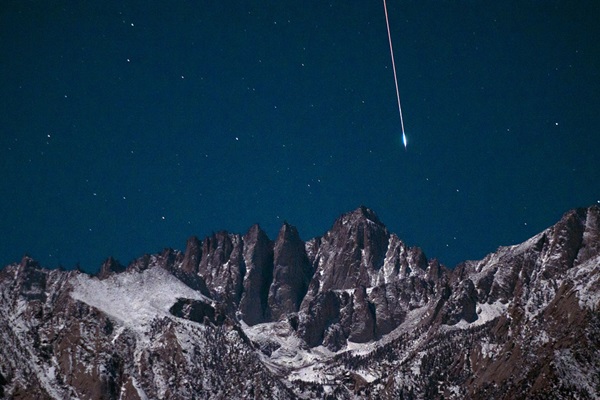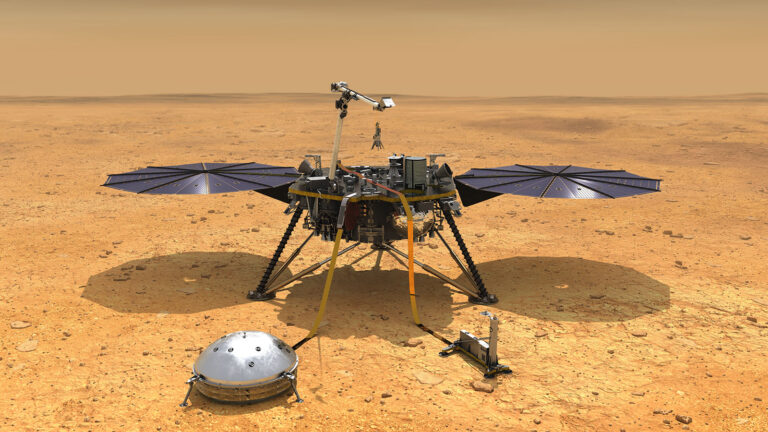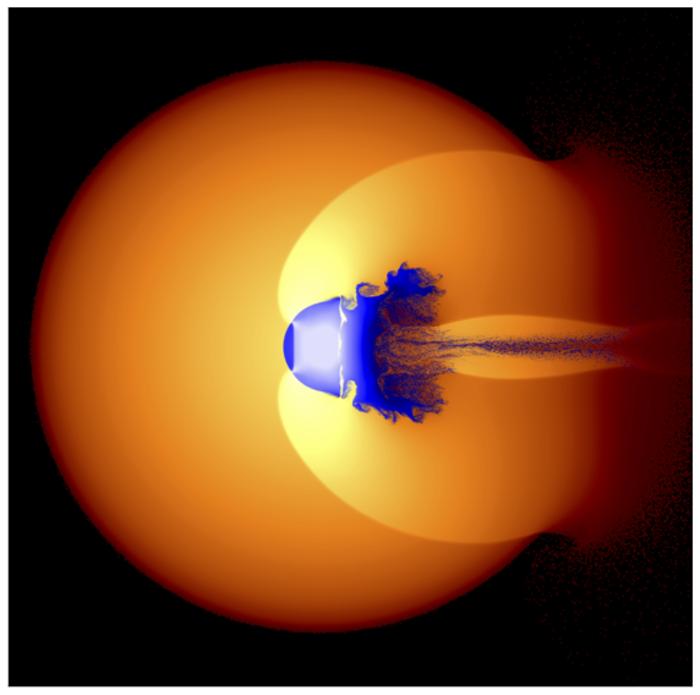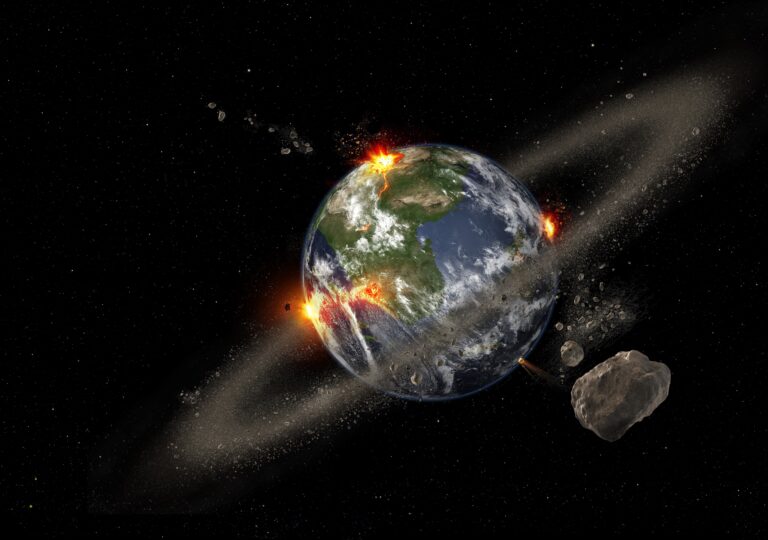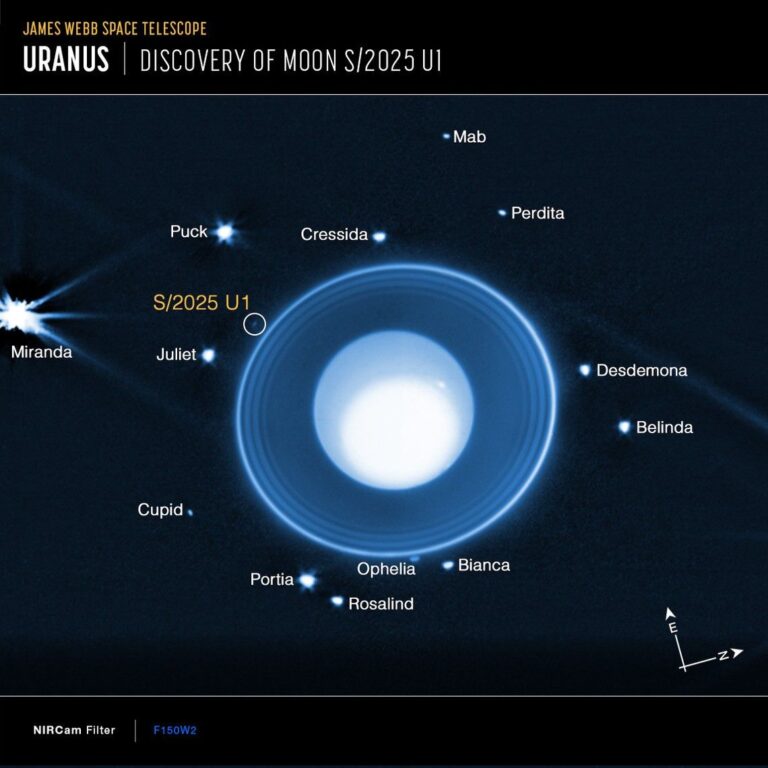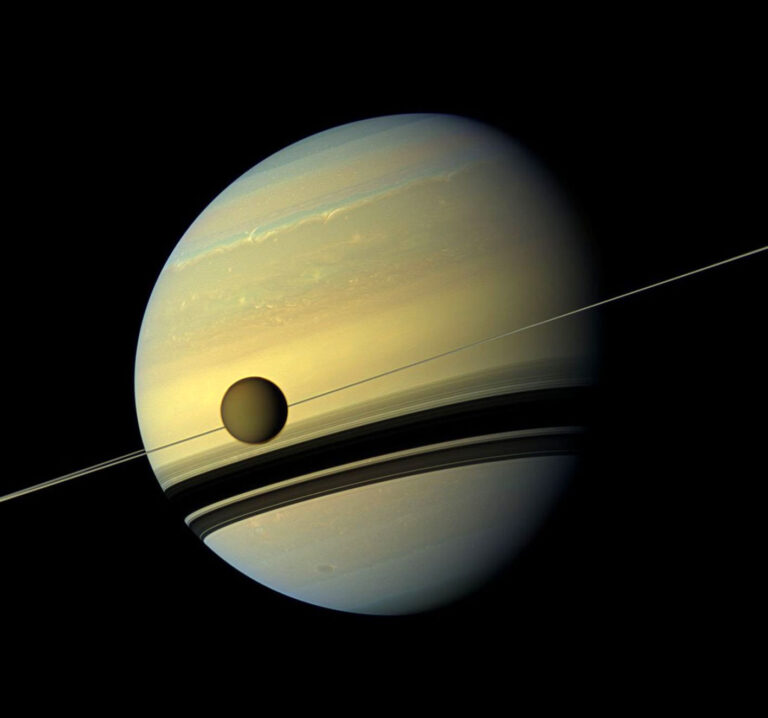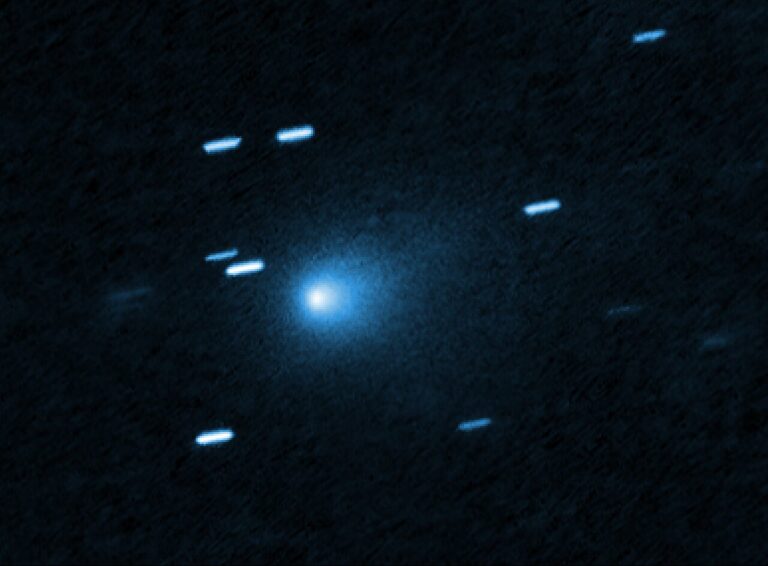Key Takeaways:
A year of meteor viewing ends on a high note this December as one of the year’s most prolific meteor showers peaks before dawn December 14. Although not the best year for the Geminids, the shower should still be a gem.
The Geminids are so named because if you trace all the meteor trails backward, they would converge within the boundaries of the constellation Gemini the Twins. This point, called the radiant, lies approximately 3° northwest of the 1st-magnitude star Castor.
Moonlight does impact the Geminid meteor shower in 2013, as the “shooting stars” battle a waxing gibbous Moon. But Senior Editor Richard Talcott still encourages people to observe the morning of the 14th. “The Moon definitely won’t wash the shower away,” he says. “It sets about an hour before twilight, providing observers with a brief window to see some Geminids.”
By that point, the radiant lies about halfway up in the western sky. This likely will cut the number of meteors observers can expect to see by at least half from the theoretical maximum of 120 per hour. The ones that remain, however, could be memorable: Geminid meteors are relatively slow moving, and many leave smoke trails that can last a number of seconds. This leaves the 2013 Geminids among the best of the year.
Fast facts:
- The dust particles that create the Geminids don’t originate in a comet as those in most annual meteor showers do. Studies of Geminid meteors show they coincide with the orbit of an asteroid called Phaethon. Perhaps this object was once a comet that passed through the inner solar system so many times that it lost all its ices, leaving behind a rocky object that only appears to be an asteroid.
- Although 78,000 mph (126,000 km/h) may seem fast, Geminid meteors are slower than most other major annual showers. The Leonids of November hit our atmosphere at 159,000 mph (256,000 km/h).
Expand your knowledge with these tools from Astronomy magazine
- Video: How to observe meteor showers, with Michael E. Bakich, senior editor
- StarDome: Locate the shower’s radiant in Gemini in your night sky with our interactive star chart.
- The Sky this Week: Get your Geminid meteor shower info from a daily digest of celestial events coming soon to a sky near you.
- Sign up for our free weekly email newsletter.

